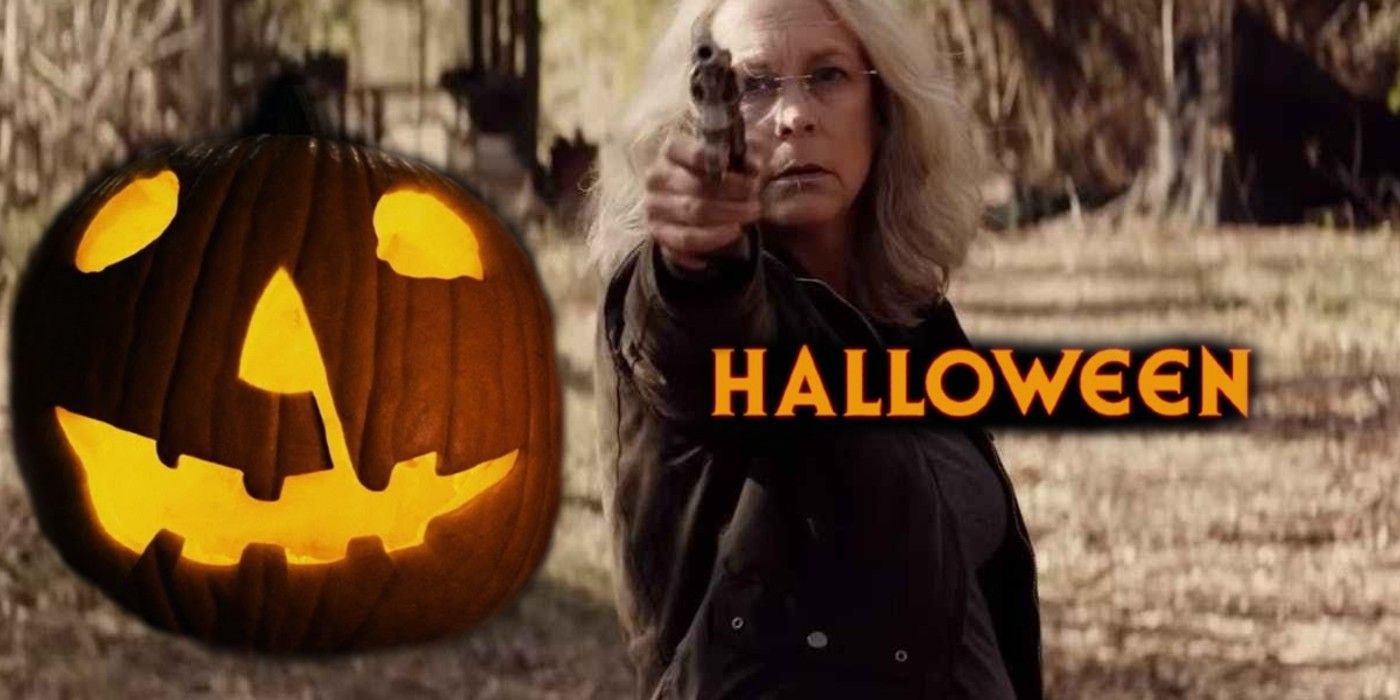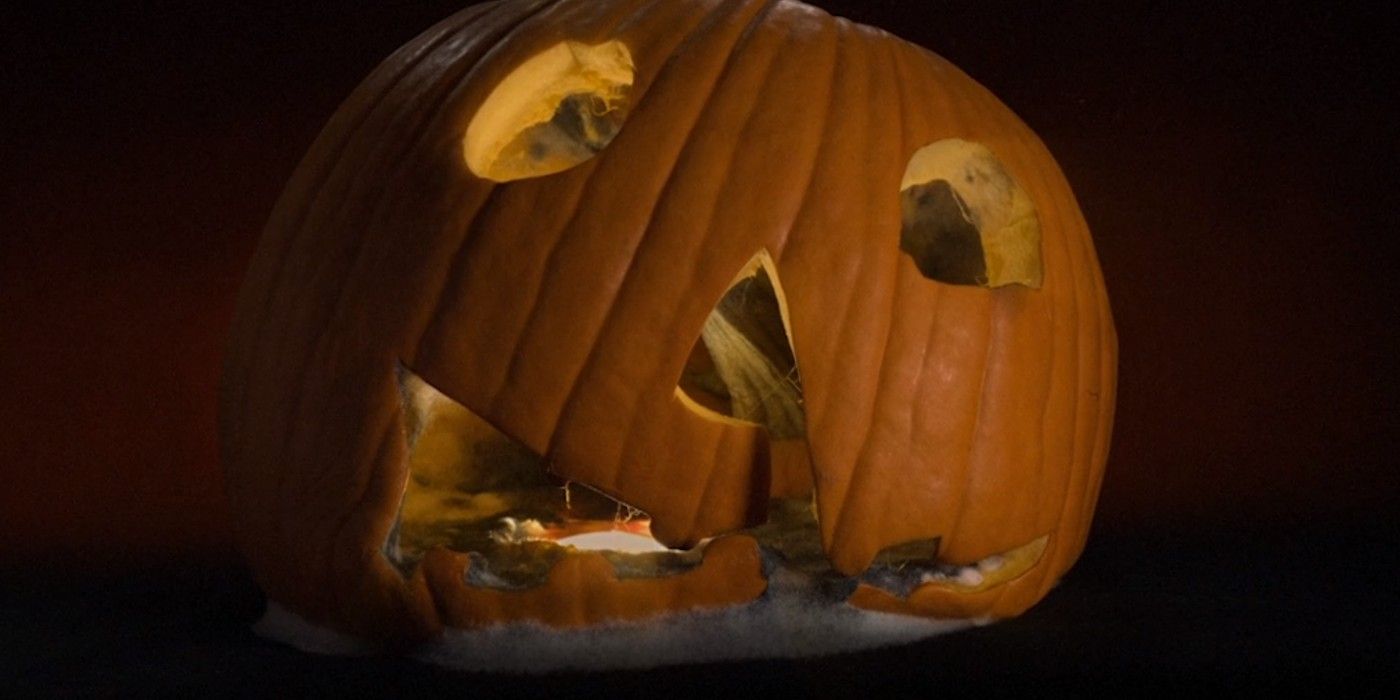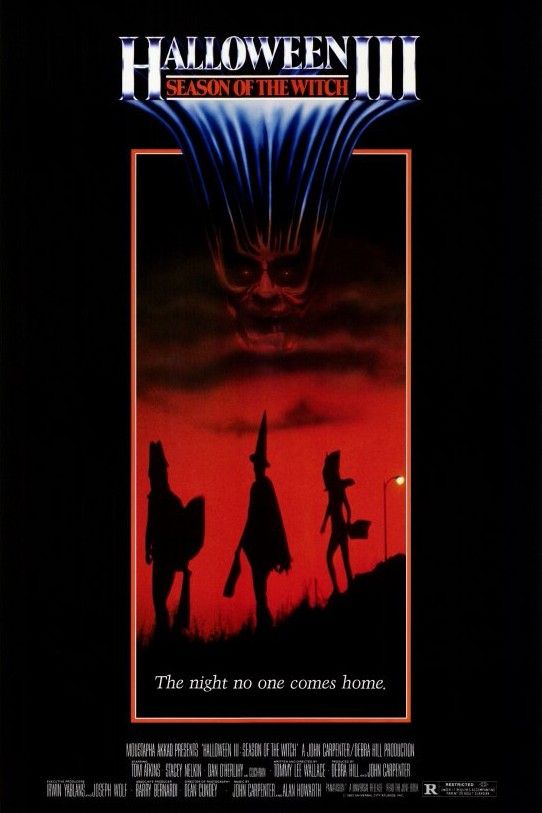David Gordon Green’s 2018 horror slasher film, Halloween, reinvigorated the popular franchise and its iconic title sequence with classic practical effects that are reminiscent of the days before CGI. The 2018 film is the eleventh installment in the franchise, but serves as a direct sequel to the original 1978 John Carpenter film of the same name. 40 years after facing Michael Myers for the first time, Laurie Strode (Jamie Lee Curtis) is prepared to take him on for one final battle.
When John Carpenter first introduced Michael Myers in 1978, he swiftly became a horror icon, as did the movie's final girl, Laurie Strode. Following the original, Halloween 2 continued in the aftermath of the original attacks. Jamie Lee Curtis’ Laurie appeared in four films total, including the 2018 direct sequel. Long-term fans of the franchise were overjoyed of the news that Curtis would return to take on Michael Myers for the first time since 1998’s Halloween H20: 20 Years Later.
In the Halloween franchise, when any of the movies begin to play, they showcase a now-iconic title sequence which includes a jack-o-lantern appearing across the screen. As the movie industry has moved away from practical effects in favor of computer-generated imagery (CGI), the 2018 film embraced the nostalgia and familiarity of the title sequence to remake it in an artful, yet simple way that would resonate with fans.
How Practical Effects Remade Halloween’s Title Sequence
The unforgettable opening of Halloween depicts a jack-o-lantern as it grows from absolute decay to the most pristine it could possibly be. Part of a Twitter event, #HalloweenAtHome, it was revealed that the art department, alongside production designer Richard Wright achieved this solely through practical effects. Wright had a pumpkin carved into the classic jack-o-lantern face, and locked it in a hot room with a camera set to capture every moment. Every 60 seconds, a shot was snapped of the pumpkin to mark its changes minute by minute.
It was a super low-tech addition that did not require much monetary assistance to create the sequence. The biggest concern was that someone would enter the room and disrupt the natural decomposition of the pumpkin or move it in anyway. Therefore, Wright wrote signs on the door forbidding anyone that was not on the design team or himself to enter. Once the pumpkin had decayed in the way that was needed for the look, the team took the shots and turned it into a reverse time-lapse video for the title sequence.
Filming the pumpkins took an entire week, but delivered more than ideal results. The 2018 Halloween movie brought back the nostalgia of the original 1978 film, as did its use of practical effects. It not only strengthens the opening of the film; it also provides long-time fans with a thrilling reference to John Carpenter’s original movie. Robert Wright and the design team made the simple, yet iconic title sequence with an exquisite attention to detail. In future installments of the Halloween franchise, it is difficult to imagine how they may beat this masterful take on this classic opening. Even so, Halloween Kills and Halloween Ends, which are reportedly the final installments in the Michael Myers and Laurie Strode saga, are expected to arrive in theaters in 2020 and 2021.



